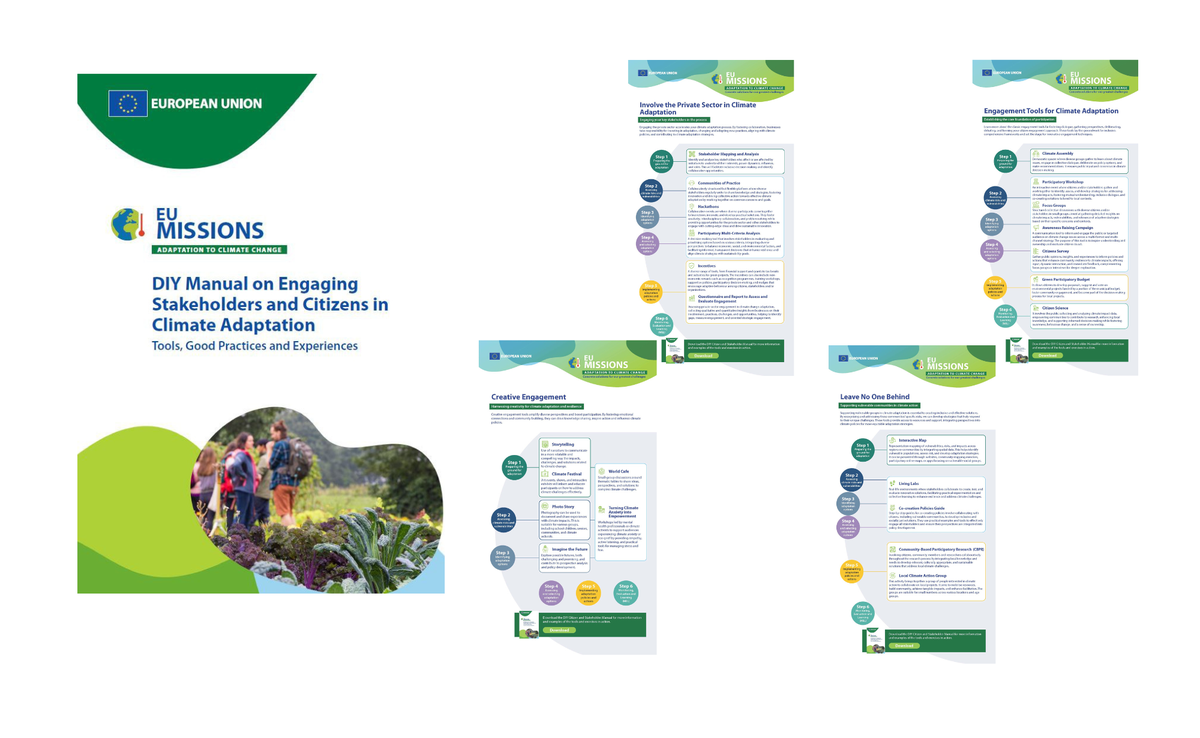Stakeholder engagement
The development and delivery of climate services is a process that include a wide range of stakeholders, from local communities to international organizations. These actors interact with each other, build mutual relations and trust, and exchange knowledge. In addition, successful climate services are often developed through co-production process (see coproduction process under Module II). Therefore, to develop climate services some forms of stakeholder engagement and participation are necessary.
The stakeholder involvement process includes different steps to ensure that all voices and perspectives are heard and integrated into the decision-making process. Additional benefits include enhanced relevance, credibility and stronger mandate for implementation.
The process can be structured in the following order: stakeholder identification, stakeholder analysis, engagement plan.
Stakeholder identification
Identify all potential stakeholders and map them. A simple classification might be between internal (i.e., departments of the same municipality) and external (i.e., meteorological centres, other data providers etc.) Moreover, not all stakeholders might have the same relevance throughout the process. New stakeholders might come in at a later stage, therefore it is advisable to regularly check and review the list of stakeholders identified. Mapping exercises are useful to understand relations among stakeholders.
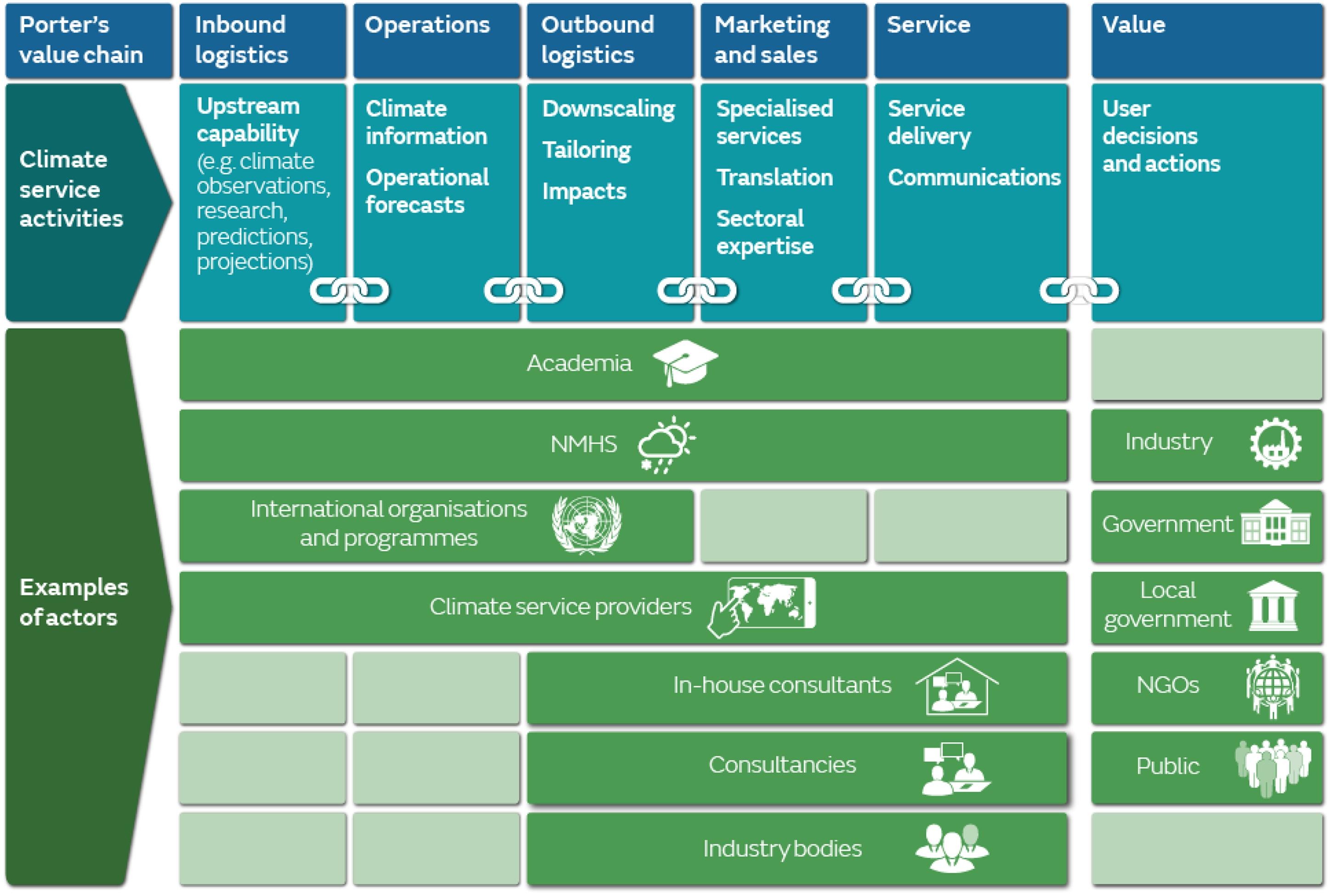
Figure 1: List of stakeholders based on climate service activities (following
climate services value chain structured around Porter’s value chain). Source:
https://www.sciencedirect.com/science/article/pii/S2405880721000285
Stakeholder analysis
Understand their interests, influence, and potential contributions. After identifying stakeholder, the analysis phase looks more in detail at their power, interests, aspirations and resources. One of the most classic analyses is the Influence-Interest matrix, or a RACI matrix to assign roles and responsibilities. The analysis should take place as early as possible in the process and be regularly monitor. It is also important to be aware of any potential bias in the analysis.
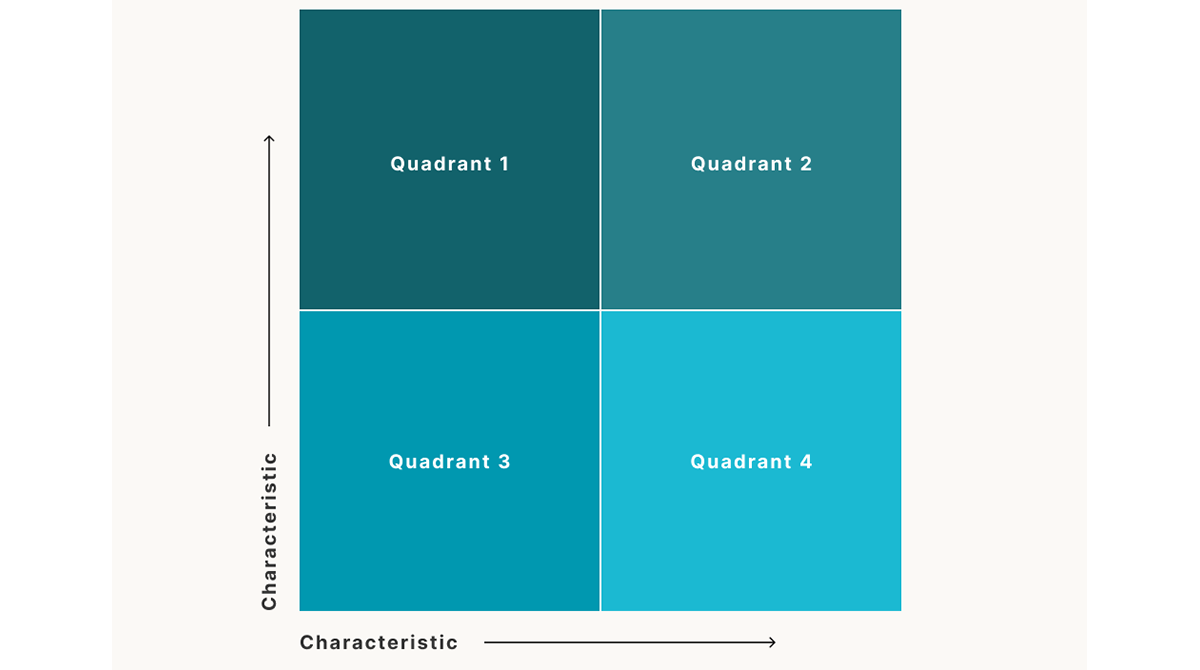
Figure 2. Source:
https://simplystakeholders.com/stakeholder-matrix/
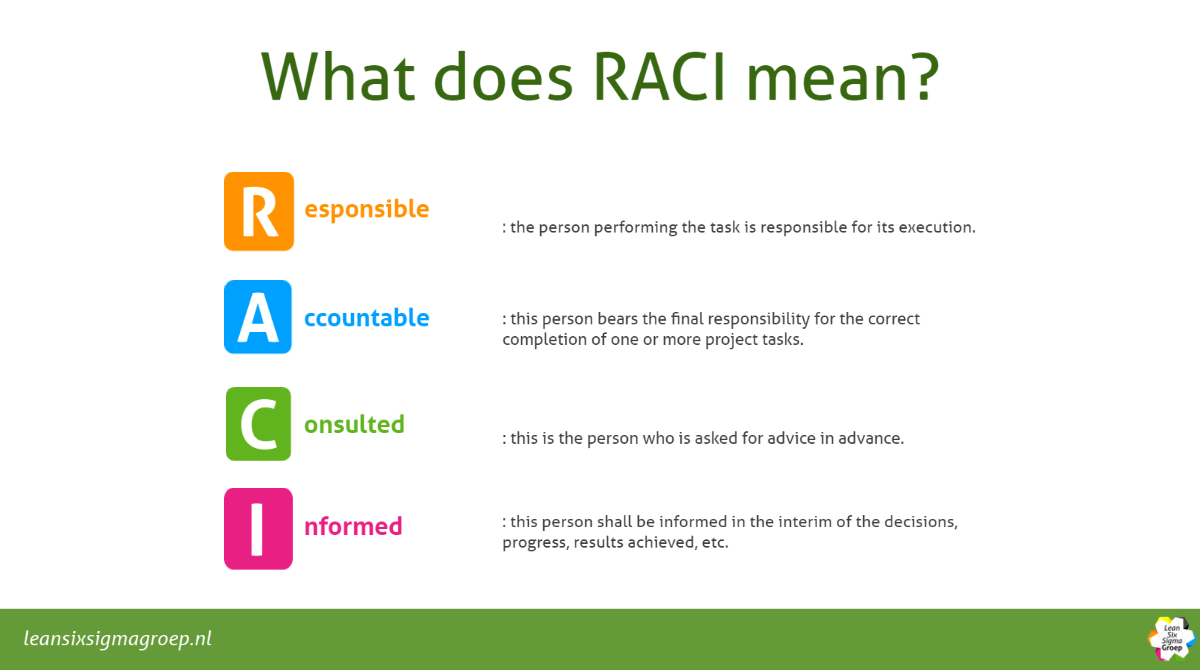
Figure 3. Source:
https://leansixsigmagroep.nl/en/leanagile-and-six-sigma/raci/
Engagement plan
Define objectives, methods and actions to engage different stakeholders, including timeline and expected outcome. The development of an engagement plan should usually include clear goals, regulations, ongoing and planned project activities, roles and responsibilities. It should also include reference to available budget, timeline and deadline of activities, as well as risk management and monitoring activities. Additionally, it should indicate how sustained engagement could be maintained in the long run, as well as the communication channels used to interact with stakeholders.
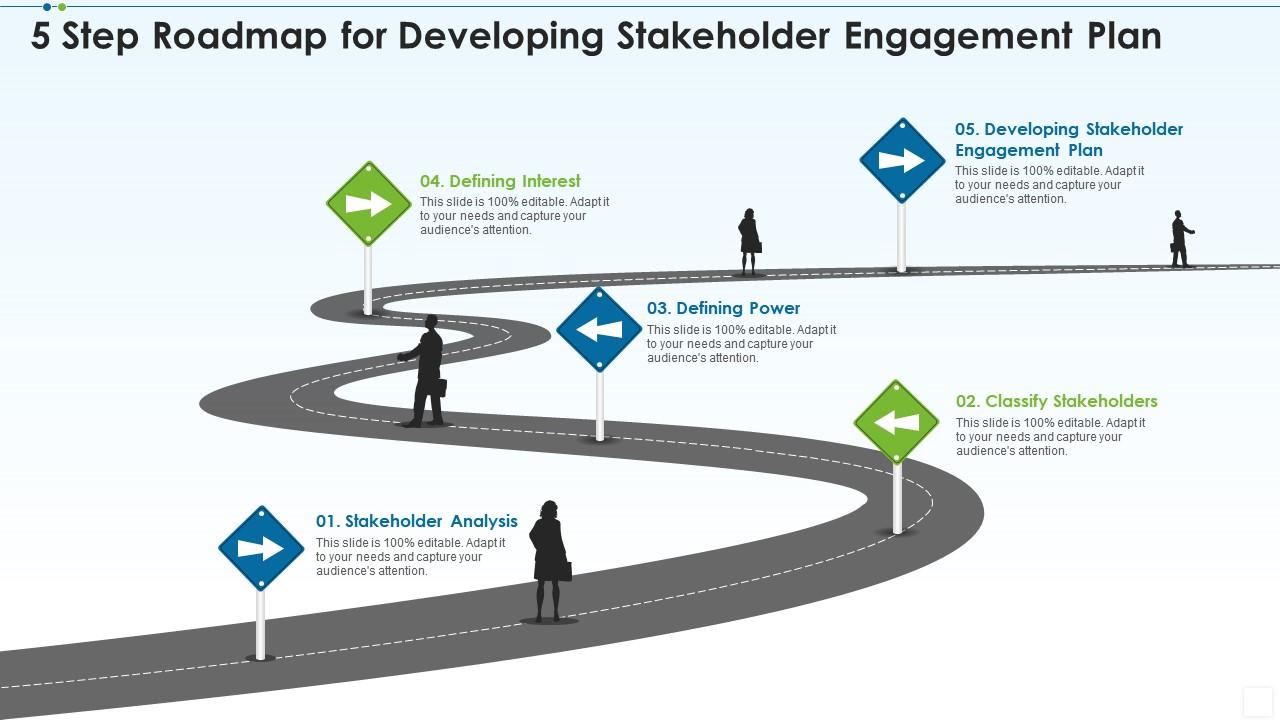
Figure 4: Roadmap for developing stakeholder engagement plan. Source:
https://www.slideteam.net/5-step-roadmap-for-developing-stakeholder-engagement-plan.html
Different ways to engage stakeholders
Not all stakeholders need to be involved at the same level, depending on the aims of the engagement activities and the project. According to the ladder of participation, different level exists:
Inform
Consult
Involve
Collaborate
For an effective engagement process, it is important that public authorities maintain open communication channels and regularly update stakeholders on progress and next steps. Active listening, sharing information regularly, and integrating stakeholders’ input in the decision-making progress are important components to build trust and solid relationships. A successful engagement process can enhance the legitimacy and ownership of a project or initiative, contributing to more inclusivity and equity. It also facilitates the identification of more creative and innovative ideas as results of co-creation activities and collaboration efforts. In the field of climate services, these might result more tailored to the local context, thus increasing the likelihood that these tools and products are adopted and applied.
Within the context of the EU Mission on Adaptation and related Horizon Europe projects, there are several example and best practice that can be adopted of complemented to fit a specific case or local context:
MIP4ADAPT: DYI Manual on Engaging Stakeholders and Citizens in Climate Adaptation:
MIP4Adapt has developed a “do-it-yourself” (DIY) manual to help regional and local authorities identify which participatory activities and tools can be implemented in each step of the Regional Adaptation Support Tool (RAST) cycle, including good practices and local experiences. This will help build a common understanding and ownership of climate adaptation plans and actions, which is key to their successful delivery.
Summary
Reflection
1. Why is stakeholder engagement necessary for climate services?
2. Who are the most recurring stakeholder groups involved in the co-development of climate services?
3. How can the involvement of stakeholders in the process be analysed or classified?



